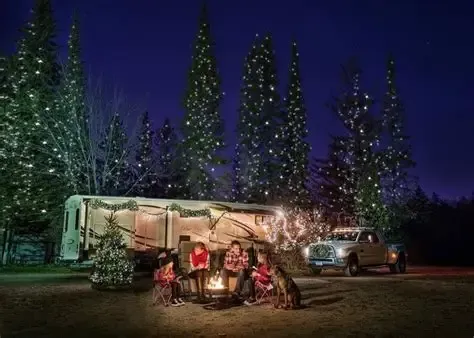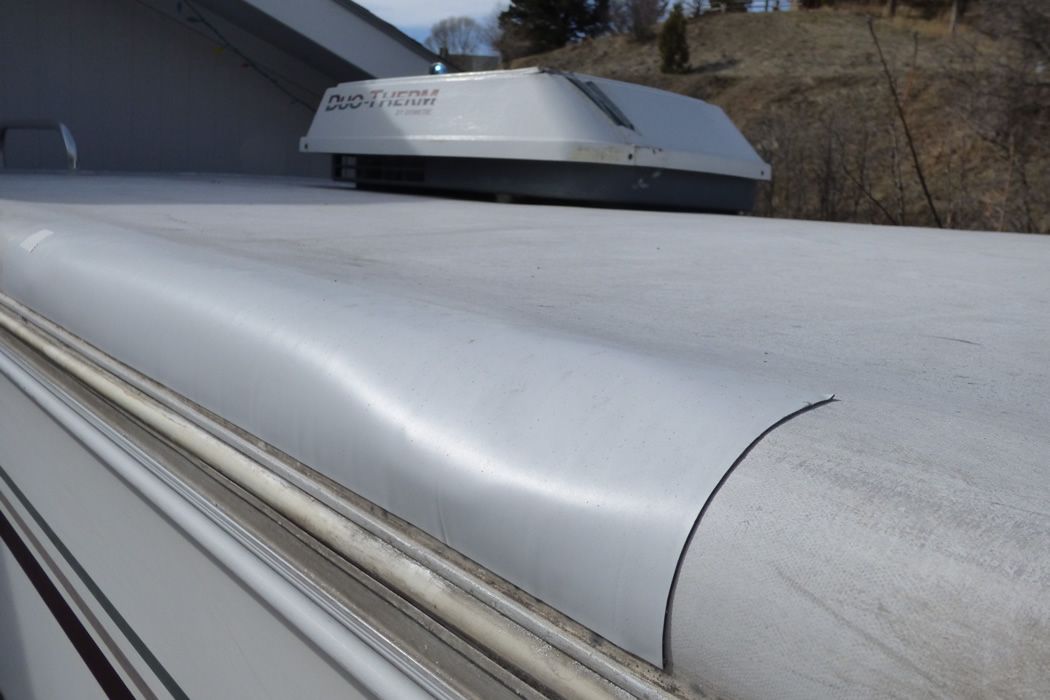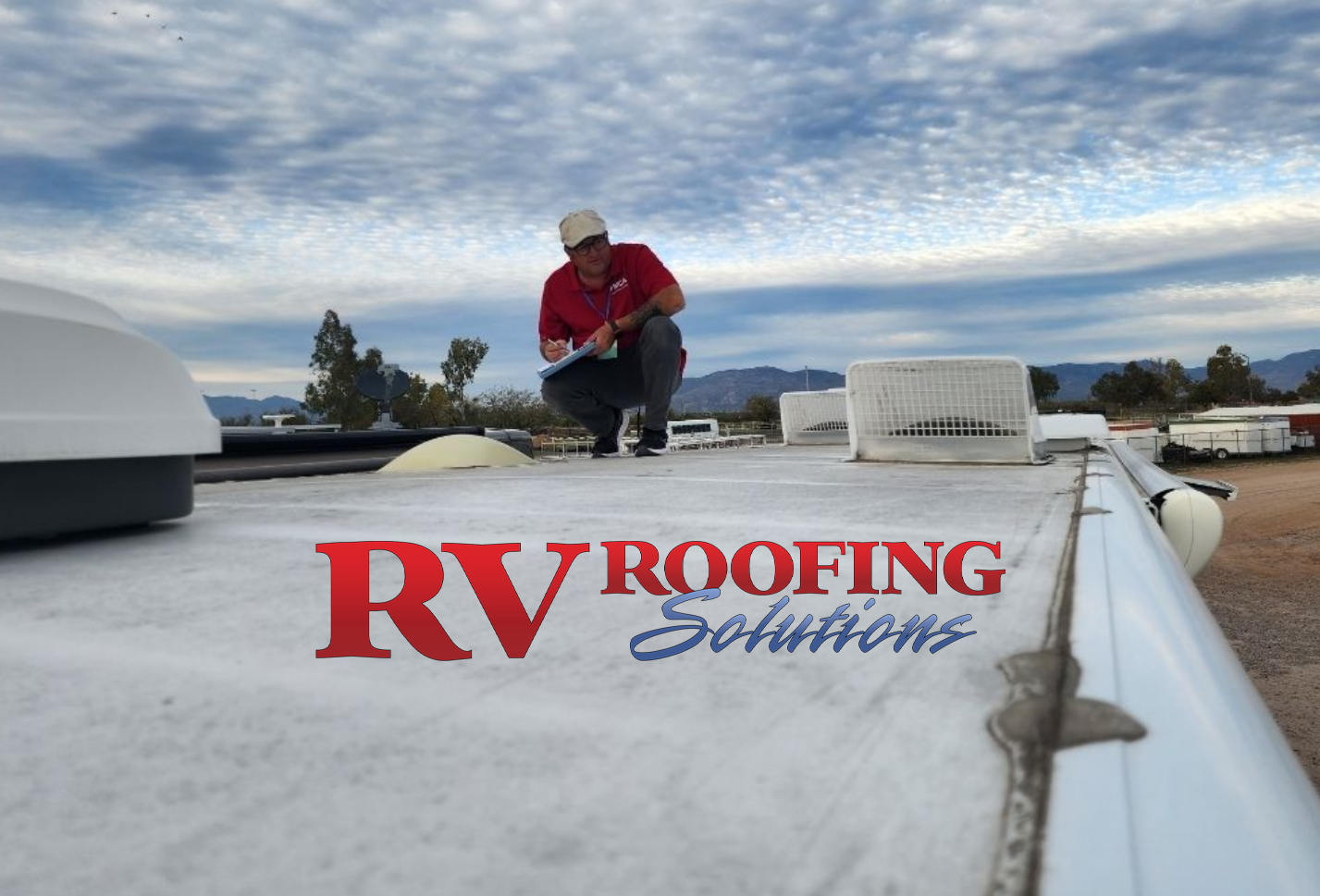Leave the trip planning to the pros
Jennifer Schillaci • March 2, 2024
Leave the planning to RV Trip Makers
Planning an RV trip can be overwhelming. There are a lot of factors to consider, and with RVing becoming more and more popular, snagging the spots you want can be a bit tricky.
RV Trip Makers offers a variety of benefits to its users, including customized itineraries based on their preferences and interests, recommendations for campgrounds, attractions, and restaurants along the way, and expert advice on route planning and driving conditions.
With RV Trip Makers, travelers can be sure that they are making the most of their RV trip and enjoying all the best sights and experiences along the way. Make sure to use the code RVROOFING.
You might also like
RV Roofing Solutions' Blog

Let’s be honest—nobody wakes up Christmas morning hoping Santa left a new RV roof under the tree. It’s not shiny. It doesn’t beep. It won’t fit in a stocking. But here’s the thing: a maintenance-free roofing system from RV Roofing Solutions might just be the most underrated gift you could give (or get) this season. While others are wrapping gadgets and gizmos, you could be wrapping up years of worry-free travel. No more climbing up ladders with sealant in hand. No more surprise leaks during your holiday road trip. Just peace of mind, durability, and a roof that’s built to last—season after season. Why It’s a Holiday Hero • Zero maintenance means more time sipping cocoa and less time patching seams. • Just wash it twice a year—that’s it. No annual resealing, no stress. • Weatherproof UV protection keeps your rig cozy through winter storms and summer heat. • Long-term savings make it a gift that keeps on giving—far beyond the holidays. • Veteran-approved: Our systems are trusted by RVers who value strength, reliability, and no-nonsense solutions. So while it may not sparkle like tinsel, a new roof is a gift of freedom, security, and smart investment. And for those who’ve spent the year chasing sunsets and campfire memories, it’s a way to say: “I’ve got your back—literally.” Bonus Holiday Savings Lock in our 2025 pricing before rates increase in January and unwrap exclusive end-of-year savings! Approve your estimate and pay your deposit by December 15th to secure your spot, claim your FREE Wash Wax ALL Kit, and enjoy the peace of mind that comes with planning ahead.

Real-World Example: A $200 Patch That Became a $9,000 Roof We recently worked with a couple who had patched a small tear in their RV roof using off-the-shelf tape they found at a local store. It held — for a while. But a few months later, they noticed bubbling in the ceiling and a musty smell creeping in. What they couldn’t see was the real problem: the patch had failed, and water had been slowly seeping into the roof’s substructure. By the time we got on the roof to do the install, the damage had significantly spread — compromising the roof decking, soaking the insulation, and even affecting interior panels. What started as what they thought would be a simple fix turned into a full roof replacement that cost over $9,000. And the worst part? Much of that damage could have been avoided with early intervention. Layer Cake Caulk? Not the Solution. We see it all the time — RV roofs covered in layers of caulk, tape, and sealant. It might feel like you’re reinforcing protection, but the truth is: layered patching is one of the worst things you can do. Why? • It traps dirt and debris between layers, creating pockets where water can sneak in. • It deteriorates unevenly, making it nearly impossible to pinpoint the source of a leak. • It hides damage, giving a false sense of security while moisture spreads underneath. We call it “layer cake caulk,” and trust us — it’s not sweet. At rallies this year alone, RV Roofing Solutions provided over 600 FREE roof inspections. And we found issues in rigs of every age and style — sometimes even a stray tree branch was the culprit. But more often, it was a patch job gone wrong. If your roof looks like a patchwork of tape and caulk, it’s time to stop layering and start protecting.





